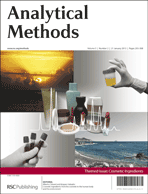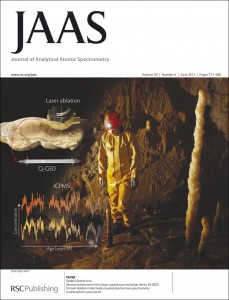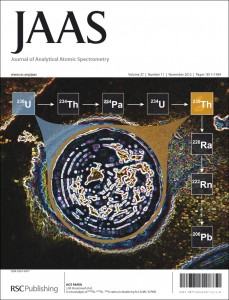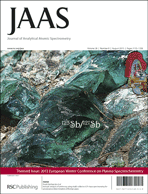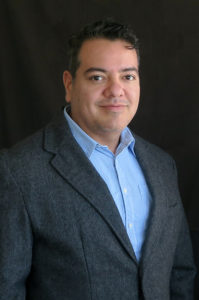 Dr Gamez is a recently appointed member of the JAAS Editorial Board. He has highlighted some impactful work in this Editor’s Choice.
Dr Gamez is a recently appointed member of the JAAS Editorial Board. He has highlighted some impactful work in this Editor’s Choice.
Read Dr Gamez’s Editor’s Choice selection via the links below – all articles are free to access for the next 4 weeks!
Single-particle ICP-MS with online microdroplet calibration: toward matrix independent nanoparticle sizing.
Hendriks et al. J. Anal. Atom. Spectrom., 2019, 34, 716-728. DOI: 10.1039/c8ja00397a.
This excellent work is particularly interesting because it addresses matrix effects in SP ICP MS, which represents one of the technique’s main drawbacks. The use of the microdroplet generator is a particularly clever approach. SP ICP MS is one of the areas in atomic spectrometry that is experiencing explosive growth. I also highly recommend reading the critical review of SP ICP MS by Mozhayeva and Engelhard1 to novices and experts alike.
Detection of microplastics using inductively coupled plasma-mass spectrometry (ICP-MS) operated in single-event mode.
Bolea-Fernandez et al. J. Anal. Atom. Spectrom., 2020, 35, 455-460. DOI: 10.1039/C9JA00379G.
The authors of this outstanding article extend the detection concept of SP ICP MS to polystyrene microspheres. As such, they provide the first demonstration showing this approach has the potential to be developed toward analysis of microplastics, which have been the focus of increased concern because of their impact in the environment.
Glow discharge optical emission spectrometry for quantitative depth profiling of CIGS thin-films.
Kodalle et al. J. Anal. Atom. Spectrom., 2019, 34, 1233-1241. DOI: 10.1039/C9JA00075E.
This work is a wonderful example of a systematic approach towards method development for quantitative depth profiling in GDOES, as well as its proper validation through complementary techniques, which can sometimes be challenging for multilayer thin films. The section correlating the CIGS thin-film energy bandgap profile to the one obtained from the ratio of Ga and In molar fractions by GDOES is another great aspect that sets this article apart.
Time-resolved imaging of atoms and molecules in laser-produced uranium plasmas.
Kautz et al. J. Anal. Atom. Spectrom., 2019, 34, 2236-2243. DOI: 10.1039/C9JA00228F.
In this great work, the authors measure the spatio-temporal variation of different species in laser-induced plasmas of uranium samples, which allowed them to obtain valuable insights into the evolution of the plasma chemistry. I am a big fan of plasma fundamental studies.
1. D. Mozhayeva and C. Engelhard. A critical review of single particle inductively coupled plasma mass spectrometry – A step towards an ideal method for nanomaterial characterization. J Anal At Spectrom, 2020, 35, 1740-1783. DOI: 10.1039/C9JA00206E











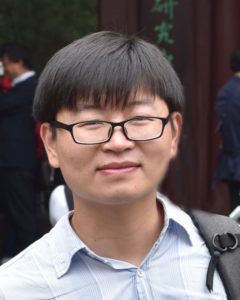
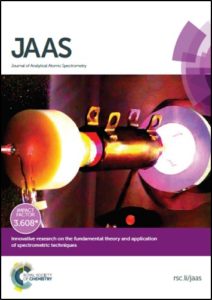
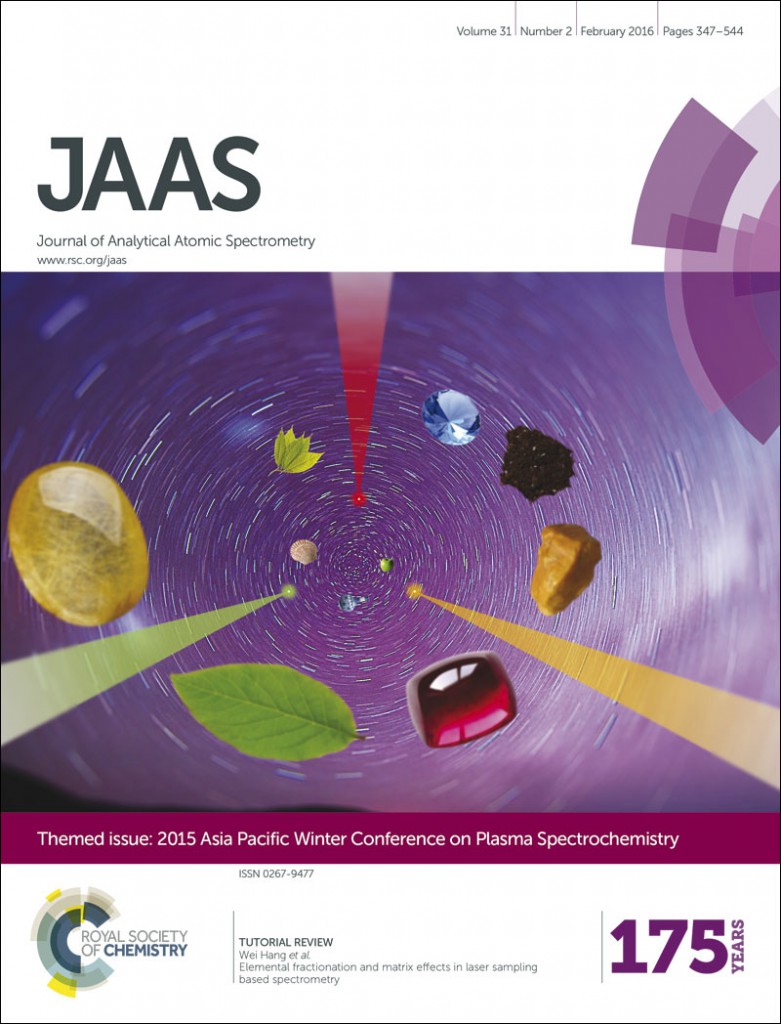
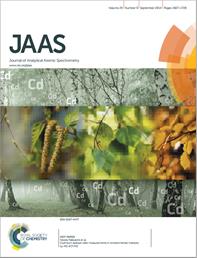
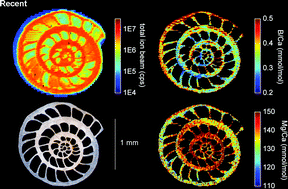
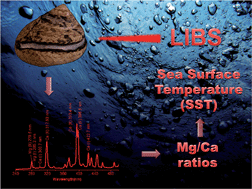
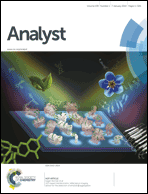

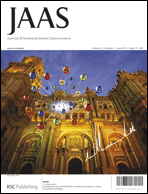 Frank Vanhaecke
Frank Vanhaecke
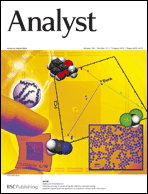 Reversible polymerization of novel monomers bearing furan and plant oil moieties: a double click exploitation of renewable resources
Reversible polymerization of novel monomers bearing furan and plant oil moieties: a double click exploitation of renewable resources